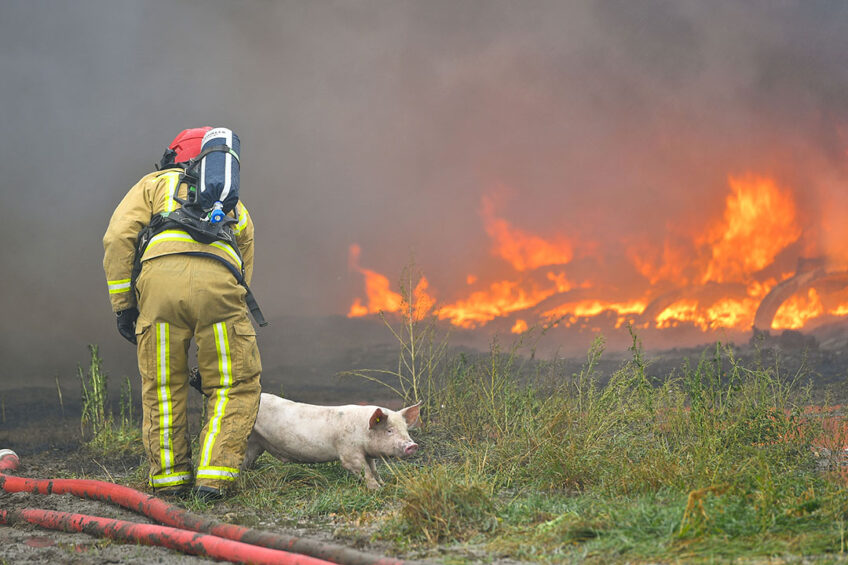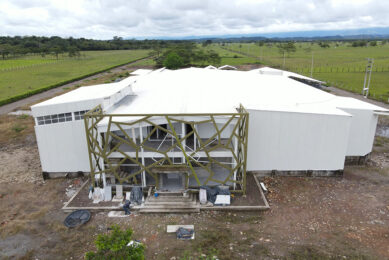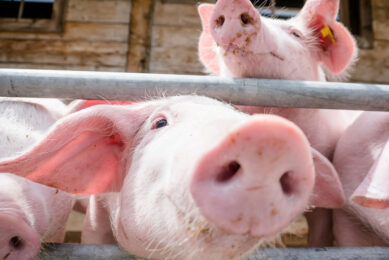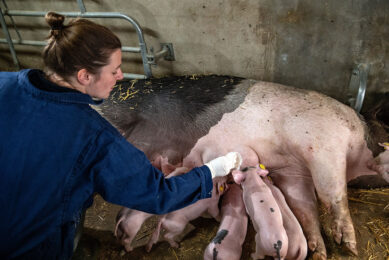7 Steps to take in preparation of a pig crisis

The recent slaughterhouse staffing problem in the UK showed that a crisis situation can be only a few weeks away from us – and there is reason to believe that the future may hold more of that. Pig welfare expert Dr Irene Camerlink sums up 7 steps pig producers can take to be better prepared for potential crisis situations.
Wild fires, floods, droughts, earthquakes and epidemics: The recent years, or even months, have seen many of those. The scientific information on climate change shows that natural disasters may become more frequent and more intense, also in places where there used to be low risk. In these emergency situations, the news often reports about the number of injured or affected people, but largely leaves the animals unmentioned.
What happens to pigs?
When humans are evacuated, for example out of risk for a natural disaster, then what happens with the farm animals, such as pigs, that might be in this region? For many countries, there is no clear action plan in place for how to deal with them, and the scale of modern pig farms does not easily allow for evacuation or alternative solutions to safeguard the animals. Similar questions arise on what to do in case of unexpected water shortages due to droughts or heat waves, or electrical power outages.
Whereas individual farmers may have an emergency management plan for potential risks, such as barn fires, there an increasing need for a broader coverage of emergencies. The recent problem with the inability to deliver pigs to the slaughterhouse, because of understaffing related to Covid-19 and because of Brexit, is one of the emergent crises that a large number of farmers have to deal with.
Insurance issues related to crises
There are many questions to be addressed. For example, how do insurance companies deal with the various losses arising from environmental and political crises? The consequences of no action or late action imposes threats to the financial security of the farm as well as to animal welfare. It is clear that we can no longer remain ignorant of potential crises while thinking that these things only happen to others.
What can you do yourself?
Steps to consider in mitigating potential risks:
- Investigate the current local risks (for example: fire, power outage, floods, transport issues).
- What are potential future risks? (incorporate recent updates on local climate risks and potential threats related to the (inter)national (political) situation).
- Analyse what can currently be done: Which logistics are in place?
- Write a basic emergency plan that is feasible within the current situation.
- Check with your insurance company where you stand in case of an emergency: What are your financial risks of having no action plan?
- Assess what can be undertaken to improve the action plan at no or small costs (for example: Indicate emergency exits, have emergency phone numbers clearly displayed, instruct employees on how to respond in case of emergency, etc.).
- Investigate the possibility of more extensive action plans within (inter)national farmer organisations and with local producers. Assess whether there are funds that can be applied for to mitigate the risks (for example: establishing a mobile slaughterhouse or mobilising vehicles for emergency transport).
Hopefully it will never be needed.











